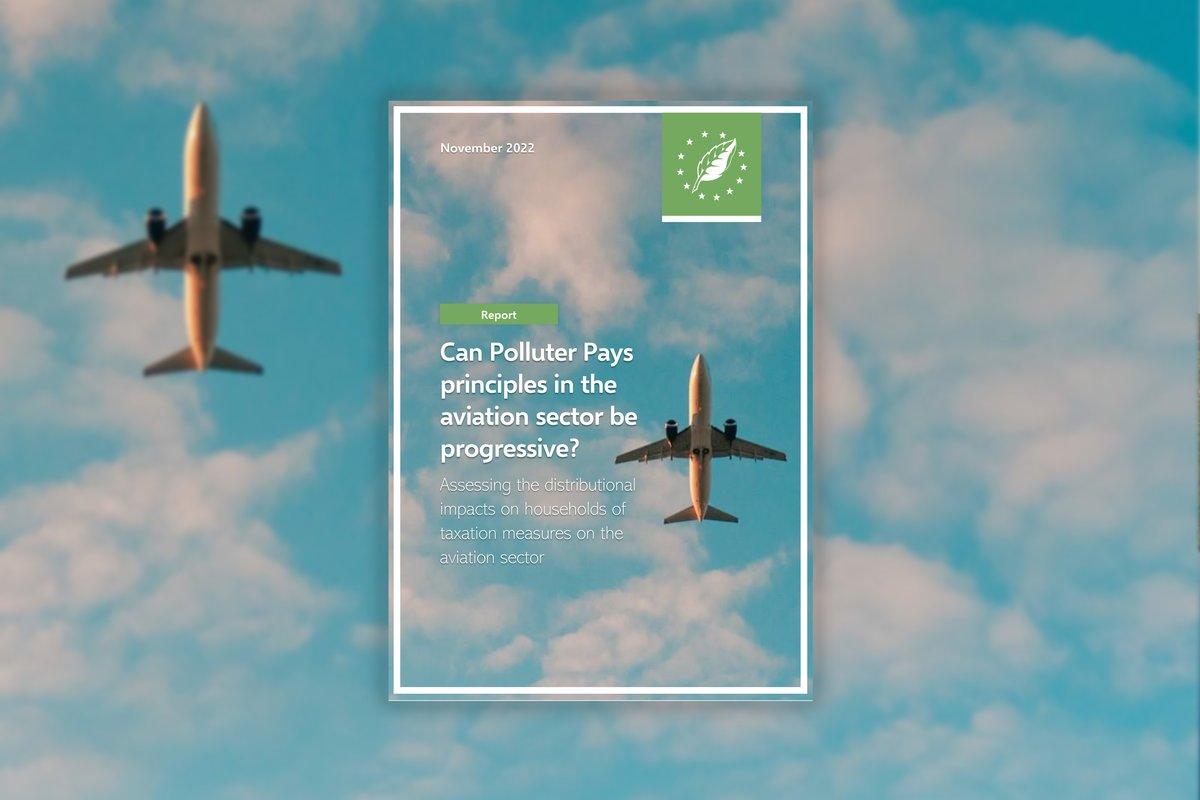AUTHORS: Jesus Urios – Thorfinn Stainforth
If carefully designed and implemented, imposing additional environmental taxes on the aviation sector can have progressive distributional results and create positive welfare effects for the majority of EU households.
Aviation has been one of the fastest growing transport sectors in recent years with clear environmental implications. According to ICAO projections, in 2050 emissions from the sector are expected to be seven to ten times higher than 1990 levels. At the same time, emissions from the aviation sector are amongst the most unequal in the world.
Less than 20% of the global population has ever been on a plane and only about 5 to 10% of the global population flies at least once a year. The measures put in place to limit the emissions of the sector so far have been largely ineffective. On the contrary, the aviation sector has enjoyed numerous tax benefits compared to other transport modes and industries over the years.
This paper continues the work of our recent report on the distributional impacts of the Energy Taxation Directive reform and the extension of the EU ETS to the buildings and transport sectors. We are now taking a similar approach but focusing on the distributional impact of policy measures concerning the aviation sector.
We have developed a microsimulation model that allows us to simulate the distributional and social impact at a household level of new environmental taxes on aviation.
This report finds that, if carefully designed and implemented, imposing additional environmental taxes on the aviation sector can have progressive distributional results and create positive welfare effects for the majority of EU households. This can be done, for example, by re-purposing the revenues derived from further environmental taxation on the aviation sector into subsidies for alternative transport modes.
This paper advocates for:
- The implementation of a tax on kerosene in the EU;
- Full auctioning of EU ETS permits for the aviation industry; and
- The implementation of a stepped tax rate with a higher tax for longer flights.
Read the full paper.
Photo by Philip Myrtorp on Unsplash

